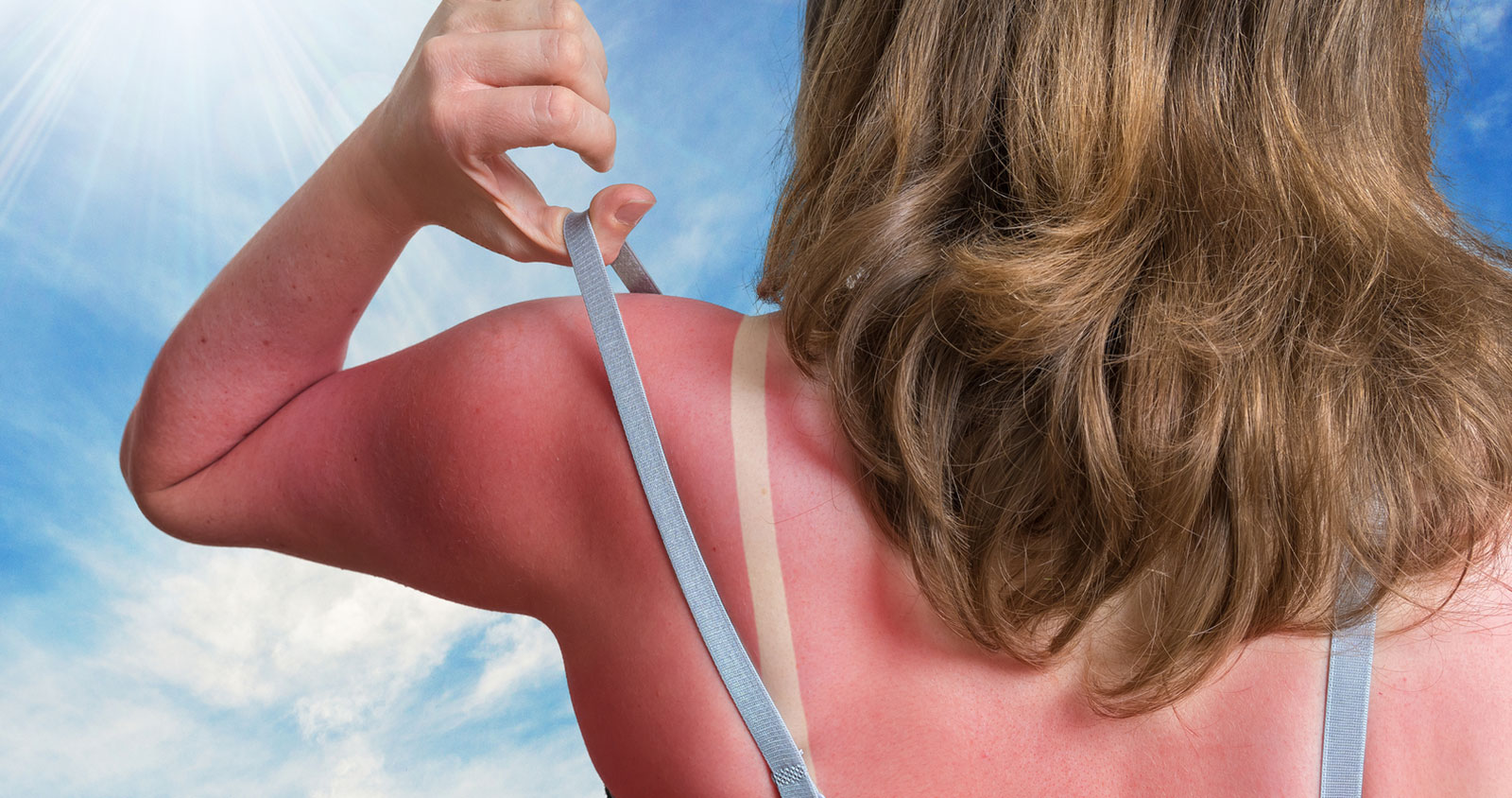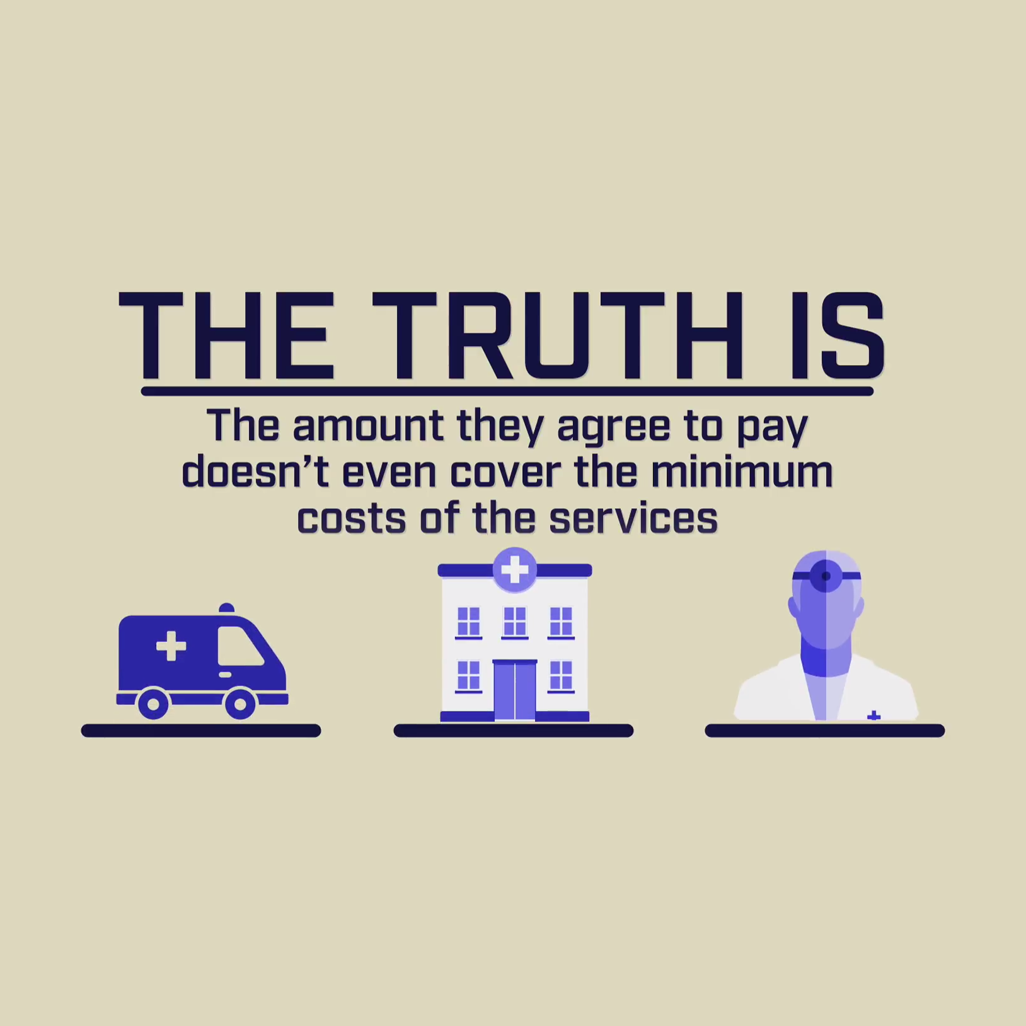 So, I’m glad to have some warmer weather and sunny days after our long winter. With the warmer days and sunshine, most of will be spending more time doing outdoor activities. The sunshine provides us all with much needed vitamin D, but too much sun exposure can be harmful to our skin and to our health. You might be asking yourself what harm is a sunburn? As a matter of fact, 42% of people polled by the Skin Cancer Foundation get a sunburn at least once a year. Studies show that having had just one blistering sunburn significantly increases you risk for certain types of skin cancer.
So, I’m glad to have some warmer weather and sunny days after our long winter. With the warmer days and sunshine, most of will be spending more time doing outdoor activities. The sunshine provides us all with much needed vitamin D, but too much sun exposure can be harmful to our skin and to our health. You might be asking yourself what harm is a sunburn? As a matter of fact, 42% of people polled by the Skin Cancer Foundation get a sunburn at least once a year. Studies show that having had just one blistering sunburn significantly increases you risk for certain types of skin cancer.
Skin cancer is the abnormal growth of cells in the skin, and it is the most common type of cancer. It is almost always cured when it is found early and treated. The two most common nonmelanoma skin cancers are basal cell carcinoma (BCC) and squamous cell carcinoma (SCC). Both of these types of skin cancer are directly correlated to sun accumulation over many years. The most common locations BCC and SCC are sun exposed areas such as the face, ears, and hands.
Melanoma is another type of skin cancer; it is less common than SCC and BCC, but it is the most serious. It is also caused by too much exposure to the sun’s UV rays. The exposure is different from SCC and BCC in that the damage in melanoma is from brief intense exposure, like blistering sun burns, or getting intense sun exposure intermittently.
Some of the risk factors for SCC and BCC are sun lamps, tanning beds, and sunlight which expose individuals to (UV) radiation. UV radiation affects people of all skin types but especially those with light skin color, freckles, blond or red hair, and blue or light-colored eyes. Having numerous moles or one atypical mole increases your risk of melanoma. A family history of skin cancer also increases your risk for developing the condition.
What can you do to protect your skin? The Skin Cancer Foundation recommends using a sunscreen with an SPF of 15 or greater every day. They also recommend that you seek shade between 10 am and 4 pm, avoid tanning and never use UV tanning beds. Covering up with clothing including UV blocking sunglasses and a broad-brimmed hat should provide additional protection from UV rays. Additional recommendations from the Skin Cancer Foundation are to apply a broad spectrum UVA/UVB sunscreen 30 minutes prior to going out in the sun and reapply it every 2 hours while exposed to the UV rays.
Be proactive regarding your health and examine your skin head to toe every month. Look for any new skin growth or a change in a preexisting skin growth. Watch for new moles or changes in preexisting moles. Monitor any lesions that itch, bleed or don’t heal. These should be examined by your doctor. And last but not least, see your physician every year for a professional skin exam.
Enjoy your time outside in the sunshine wisely and protect your skin from UV rays. For more information regarding this topic, please visit The Skin Cancer Foundation at www.skincancer.org.
Amy Buford is a native of Louisiana. She received her Bachelor of Science in Occupational Therapy from LSU Health Science Center in New Orleans. She graduated from LSU Medical School in New Orleans, and did her training in Emergency Medicine at UT Houston at Hermann Memorial Hospital in the Medical Center. She is board certified in Emergency Medicine. She currently lives in the Houston area and is active in the community

 Who Pays When Insurance Companies Underpay?
Who Pays When Insurance Companies Underpay?